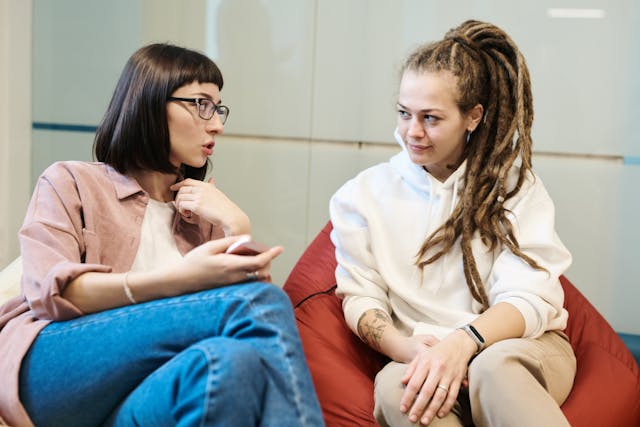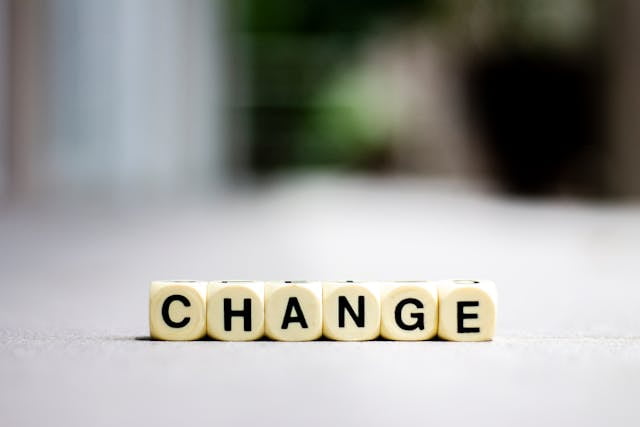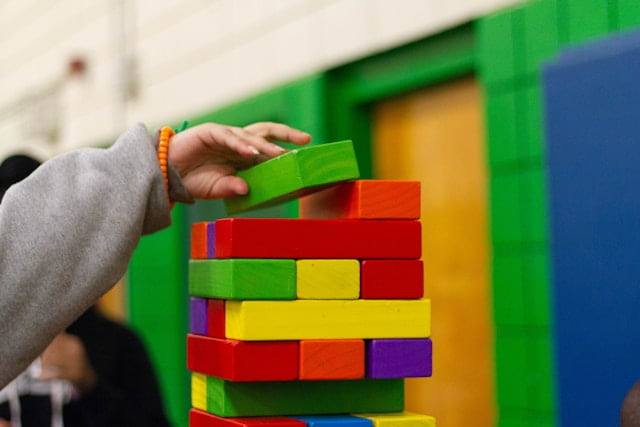Key Learning Points: The trust equation says an individual’s trustworthiness is equal to their credibility, reliability and intimacy, all divided by their level of self-orientation. Individuals can develop their trustworthiness by addressing these underlying trust factors.
The Trust Equation
The Trust Equation (by Charles Green) is probably our favorite model of trust. It details four components that affect trust. Three of them increase a person’s trustworthiness: credibility, reliability and intimacy. The fourth one, self-interest, reduces a person’s trustworthiness.

We really like this model because we think it is clear, simple and relatable and because it provides some clear guidance on how to become more trustworthy as an individual.
Credibility
Credibility has to do with our knowledge base and the words that we speak. Are we knowledgeable about our subject? Can we back up our words with underlying knowledge and experience?
We can increase our credibility by increasing our expertise, by being open about our expertise and by limiting our passing of judgement to areas in which we are capable.
Reliability
Reliability has to do with our actions. Can we be depended on? Do we do what we said we would do? Do we do it when we said we would do it and to the quality we said we would achieve?
We can increase our reliability by doing what we’ve said we would do. There are two roots to this. Either, we increase our delivery to ensure we always do things, or we adjust our commitment. We can adjust our commitment by being better at saying no to things, so that we only commit to things that we actually will deliver on.
Intimacy
Intimacy in the trust equation has to do with how secure we feel in entrusting someone with personal information, particularly about our doubts and insecurities. It is a peek behind the curtain of life. It’s a slightly strange fact of human life that the more we feel we know about someone, about “who they really are”, then the more trustworthy we think them to be. Intimacy as being related to our willingness to share our vulnerability with people.
We can increase the level of intimacy that we have with others by opening up about who we are. We can share details of our personal lives, share our thoughts and confide in others about our thoughts, feelings and doubts. Expressing vulnerability and being open about who we are as people helps build intimacy with others, which in turn helps build trust.
Self-orientation
Self-orientation in the trust equation refers to our focus and how much we align to the interests of others. Highly self-oriented people are hard to trust as they are more interested in themselves than those they are working with. If people think we are more interested in our own goals than in their goals, then they are less likely to trust us not to seek personal gain at their expense.
Because the more self-oriented we are the less trustworthy we are, we need to reduce our self-orientation to become more trustworthy.
In some instances a perception of low self-orientation is enough to build trust. This may be the case in one off transactions that don’t repeat. However, for repeated relationships, perception alone won’t be enough. Instead, you need to actually change your level of self interest.
In a work context this can be partially achieved through things like goal and objective alignment, whereby an individual’s self-interest can be linked to the interest of their customer base.
It’s also possible to address self-orientation through various aspects of personal development and though learning to understand that helping others is generally quite highly correlated with personal happiness and wellbeing.
Overlap with Other Trust Models
There are several models of trust in existence, most of them basically say the same thing, though perhaps through slightly different language. We’ve considered the models in an overview, but have also included a high level comparison here.

Learning More
Trust is a hugely important factor that affects our experiences in the world of work. There are several different models that can help us think about trust including the Five Dimensions of Trust in Sales, BRAVING and the ABCDs of Trust. While these models differ, there are lots of similarities between different models of trust.
Trust is also an important component of many organizational cultures. Where trust is higher, people tend to have more psychological safety and fewer social threats. If you want, you can read more about the relationship between trust and social threats.
Trust is also something that plays into our emotional intelligence. Understanding our emotions, and the emotions of others can help us build trust. Showing vulnerability also helps us build trust.
Our View
The trust equation, which is very similar to other trust models, is helpful for understanding some underlying components of trust. We particularly like this model for it’s simplicity, and the fact that it so clearly shows how self-interest has a negative impact on trustworthiness.
It’s great if people look to this model and reflect on how they can build their trustworthiness by increasing their underlying alignment to these traits. If, however, they just pretend to be better at these things, then they’ll actually probably become less-trustworthy.
Conversations about trust are very useful in the work place, particularly for those new to leadership, or those struggling with building trust. We very much discussing the concept of trust within your teams, and in relation to your customers and suppliers.
How We Help Organizations
We provide leadership development programmes and consulting services to clients around the world to help them become high performing organizations that are great places to work. We receive great feedback, build meaningful and lasting relationships and provide reduced cost services where price is a barrier.
Learning more about who we are and what we do it easy: To hear from us, please join our mailing list. To ask about how we can help you or your organization, please contact us. To explore topics we care about, listen to our podcast. To attend a free seminar, please check out our eventbrite page.
We’re also considering creating a community for people interested in improving the world of work. If you’d like to be part of it, please contact us.
Sources and Feedback
This post on the trust equation is based on interpretations of work originally produced by Charles Green. He has published several works on the subject. The best starting point is his book: “The Trusted Advisor”.
We’re a small organization who know we make mistakes and want to improve them. Please contact us with any feedback you have on this post. We’ll usually reply within 72 hours.






